Understanding the Critical Role of Glass and Mirrors in Used Cars
When purchasing a used vehicle, the condition of glass and mirrors is a crucial, often overlooked element that significantly impacts safety and can lead to costly future repairs if damaged. Windshields serve as a critical structural component of a car, not just for visibility, while damaged mirrors can cause a vehicle to fail safety inspections in many jurisdictions.
Understanding what to look for during inspection can save you hundreds of dollars and ensure your safety on the road. If you’re considering selling your current vehicle to upgrade to a different used car, proper inspection knowledge becomes even more valuable.
Key Safety and Quality Indicators
Several critical factors determine the condition and safety of automotive glass and mirrors. These insights will help you make informed decisions during your inspection:
- Structural Integrity: Windshields are engineered to provide structural support to the vehicle’s roof, not just clear vision
- Progressive Damage: Cracks and chips in windshields, side windows, and mirrors will worsen over time, especially due to temperature changes
- Installation Quality: Unusual noises like “whooshing,” “wheezing,” or “whistling” at high speeds can indicate improper windshield installation
- Water Infiltration: The most definitive test for compromised seals is checking for water seepage during rain or car washes
- Manufacturer Authentication: All glass should display original manufacturer logos or markings (such as AS1 stamps on windshields)
Comprehensive Inspection Checklist
Use this detailed checklist when examining used car glass and mirrors. This systematic approach, recommended by automotive inspection experts, ensures you don’t miss critical damage:
| Part | Inspection Point | What to Look For |
|---|---|---|
| Windshield & Windows | Cracks & Chips | Any chips, dings, or cracks – even small chips can grow rapidly |
| Surface Clarity | Check from multiple angles for bulges, bumps, or inconsistencies affecting vision | |
| Seals & Leaks | Inspect edges for gaps; test for water leaks during rain or car wash | |
| Window Operation | Roll all windows up and down to ensure smooth, consistent operation | |
| Manufacturer Markings | Verify presence of manufacturer etching (AS1 stamp) on all glass pieces | |
| Side Mirrors | Physical Damage | Check for cracks, chips, or discoloration that could cause inspection failure |
| Electronic Features | Test electric adjustment, heating elements, and auto-dimming functions |
Advanced Inspection Techniques
Professional inspectors recommend these additional techniques for thorough evaluation:
- Light Reflection Test: Use sunlight or a flashlight to identify small cracks not visible under normal conditions
- Interior Inspection: Check for sagging headliners, which often indicate water leaks from damaged window seals
- Panel Gap Analysis: Look for uneven gaps between panels, suggesting poor bodywork from previous accidents
- Wiper Coverage Assessment: Ensure damage isn’t in the area swept by wipers, as this affects inspection compliance
Regional Safety Standards and Cost Considerations
Understanding local regulations and replacement costs helps you negotiate effectively and budget for potential repairs. According to safety inspection guidelines, different regions have varying standards:
Safety Standard Examples
- Ontario Standards: Windshield cracks cannot exceed 50mm (2 inches), stone chips must be under 13mm (0.5 inches)
- Mirror Requirements: Cracked, broken, or discolored side-view mirrors typically cause automatic inspection failure
- Wiper Zone Restrictions: Many jurisdictions have stricter limits for damage in areas cleared by windshield wipers
Replacement Cost Factors
Replacement costs vary significantly by vehicle type and glass complexity. Professional automotive glass replacement can range from several hundred to over $500 for luxury vehicles. Consider these factors when evaluating used car glass condition:
- OEM vs. Aftermarket: Original equipment manufacturer glass costs more but ensures perfect fit and safety compliance
- Technology Integration: Modern vehicles with rain sensors, heads-up displays, or advanced driver assistance systems require specialized glass
- Labor Complexity: Adhesive-mounted windshields require professional installation for proper structural integrity
Professional Removal Techniques for Salvage Parts
If you’re planning to source replacement glass from salvage yards near you, understanding proper removal techniques helps preserve part quality and ensures successful installation. These methods require patience and proper safety equipment:
Windshield Removal Methods
Weather-Sealed Windshields:
- Apply silicone glass lubricant spray around weatherstripping edges
- Gently work weatherstrip lip from corner, progressing systematically around perimeter
- Push glass outward at corner to dislodge weatherstrip from sheet metal flange
- Never force glass movement – this causes immediate breakage
Adhesive-Mounted Windshields:
- Professional removal requires specialized windshield knives (pneumatic versions preferred)
- DIY method uses piano wire or braided metal wire with sawing motion through adhesive seal
- Two-person operation significantly improves success rate and safety
Mirror Glass Extraction
Mirror removal requires extreme caution due to sharp edges and electrical connections:
- Safety Preparation: Always wear heavy-duty gloves and safety glasses; place cardboard underneath
- Clip-Mounted Mirrors: Most modern mirrors pop out of housing with careful prying using plastic trim tools
- Adhesive-Mounted Mirrors: Use dental floss or fishing line worked behind mirror like cheese wire to cut through adhesive
- Electrical Disconnection: For heated or adjustable mirrors, carefully disconnect electrical connectors before full removal
“An auto collision repair expert notes that a vehicle cannot pass an annual safety inspection if side-view mirrors are ‘cracked, broken or discolored’”
Modern Technology Integration
Contemporary vehicles increasingly integrate advanced technologies into glass and mirror systems. When inspecting used cars, verify functionality of these sophisticated features:
- Rain Sensors: Test automatic wiper activation during water spray
- Heated Mirrors: Verify defrosting capability in cold conditions
- Blind Spot Monitoring: Confirm proper operation of warning lights and sensors
- Auto-Dimming Mirrors: Test response to bright light sources
- Backup Camera Integration: Ensure clear display and proper angle coverage
Red Flags and Deal Breakers
Certain glass and mirror conditions should immediately raise concerns or potentially eliminate a vehicle from consideration:
| Condition | Risk Level | Recommended Action |
|---|---|---|
| Large windshield cracks in driver’s vision area | High | Walk away or demand immediate replacement |
| Multiple chips indicating frequent highway debris | Medium | Negotiate price reduction for preventive replacement |
| Water damage evidence inside vehicle | High | Investigate thoroughly for flood damage |
| Missing or broken side mirrors | Medium | Factor replacement cost into purchase price |
| Aftermarket glass without proper markings | Medium | Verify safety standards compliance |
Expert Tips for Successful Negotiations
Armed with comprehensive knowledge about glass and mirror conditions, you can negotiate more effectively. Professional buyers from automotive inspection services recommend these strategies:
- Document Everything: Photograph all damage for reference during price negotiations
- Get Repair Quotes: Obtain estimates for identified issues before finalizing purchase
- Prioritize Safety: Never compromise on damage affecting driver visibility or structural integrity
- Consider Total Cost: Factor repair costs into overall vehicle value assessment
- Verify Warranties: Understand coverage for glass replacement in any existing warranties
Conclusion: Making Informed Decisions
Thorough inspection of glass and mirrors in used vehicles protects your safety investment and prevents costly surprises after purchase. By following this comprehensive checklist and understanding regional safety requirements, you’ll make confident decisions whether buying from dealers, private sellers, or when sourcing replacement parts from salvage facilities.
Remember that quality glass and mirrors are essential safety features, not just convenience items. When in doubt, consult with automotive professionals who can provide expert assessment using proven techniques from comprehensive inspection protocols. Your diligent inspection today ensures clear vision and safe travels tomorrow.
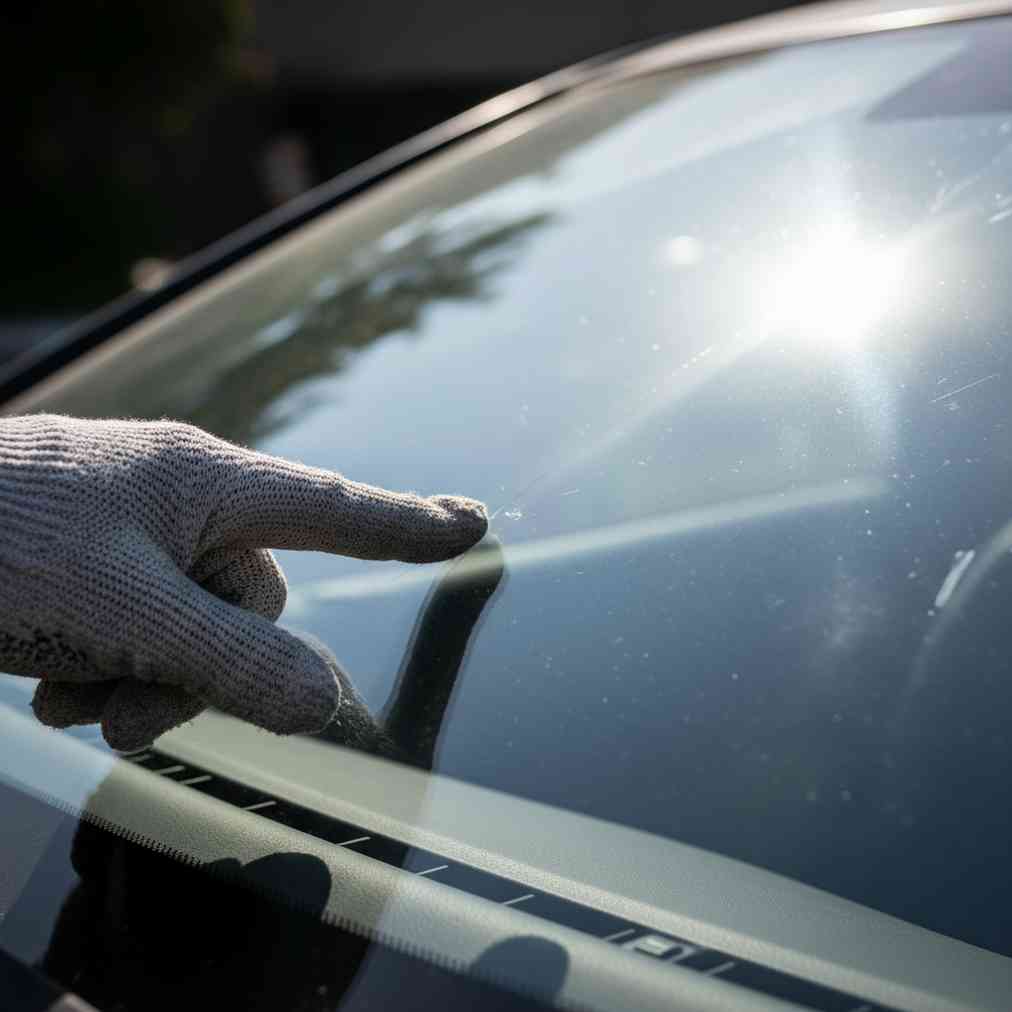
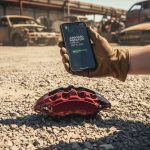
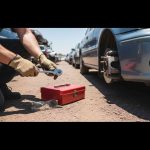
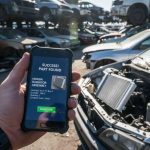
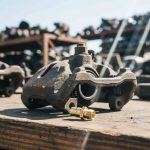
Leave a Reply
You must be logged in to post a comment.